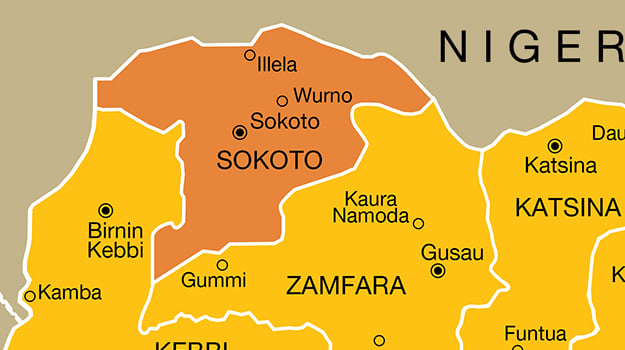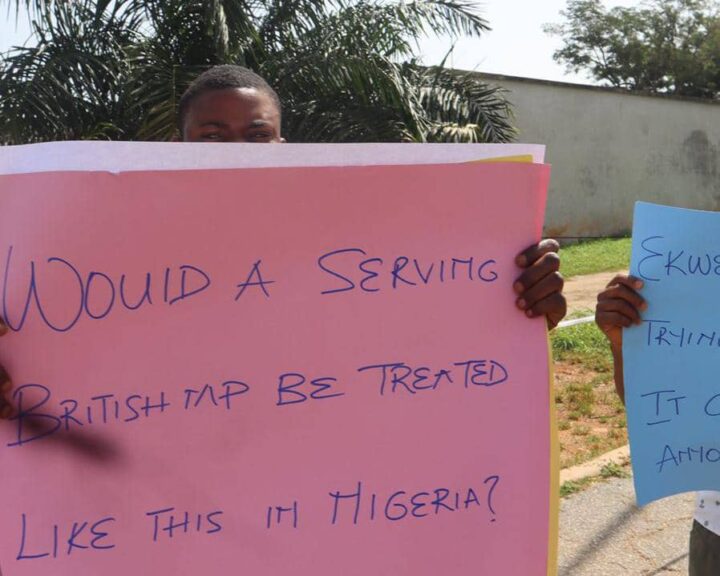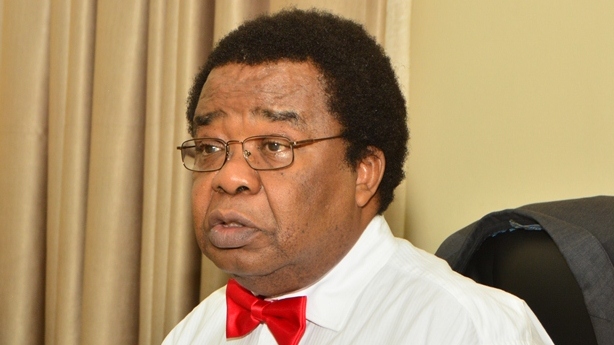A gunman | File photo
SB Morgen (SBM) Intelligence, a geopolitical research firm, says insecurity, intermittent energy shortages, and increased fuel prices caused a hike in the cost of food items in the third quarter (Q3) of 2022.
The research firm said this in its latest report titled, ‘jollof index Q3 2022: brace for impact’.
The report provides an explanation on food inflation in Nigeria by using a delicacy that is common to many households — jollof rice.
The jollof index covers major food items used in making a pot of jollof rice such as rice, curry, thyme, seasoning, groundnut/vegetable oil, turkey/chicken, beef, pepper, tomatoes, salt and onions.
Advertisement
In September 2022, food inflation hit 23.34 percent.
SBM said in the Q3 jollof index, the national average showed a steep climb in July, a slight increase in August, and another climb in September.
It said this was due to unresolved pre-existing drivers of food inflation such “as insecurity, intermittent energy shortages and increased fuel prices”.
Advertisement
The company added that the average cost of making a pot of jollof rice for a family of five increased from an average price of N9,220 in June to N9,917 in September — a 7.6 percent increase.
According to SBM, across the 13 markets surveyed, Wuse II recorded the highest cost of making a pot of jollof rice at N13,150, while Onitsha had the cheapest price at N8,510.
The price of rice, a significant ingredient in the jollof index, SBM noted, has been rising due to a weakened naira and scarce forex, which affect imports.
As floods destroy extensive rice farmlands, the prices will further increase, it added.
Advertisement
“Prices of protein items such as turkey and beef also increased in most markets due to the increased cost of chicken feed and higher energy costs. The price of eggs – an important substitute to costlier protein sources — has also significantly increased,” the report reads.
“Northern markets (Wuse II, Nyanya, Kano and Bauchi) had higher costs of making a pot of jollof rice than markets in other regions due to insecurity and fuel scarcity attributed to the lack of access roads due to the flooding in Lokoja, Kogi state but the south-east witnessed slight price reductions in this quarter’s ‘jollof index’ due to the recent relative stability seen in the region.
“As government-imposed import restrictions, exchange rate depreciation and scarce forex worsen food availability and costs, Nigerians are running out of ideas to cope with the situation, and many are seeing similarities between this period and the period between 1984 and 1996 when Nigeria had the worst inflation rates.
“As Nigerians face the challenges of production capacity, supply chain disruptions and dwindling income levels, the government needs to create buffers, suspend bans on essential food items and make it easier for Nigerians to access food items.”
Advertisement






